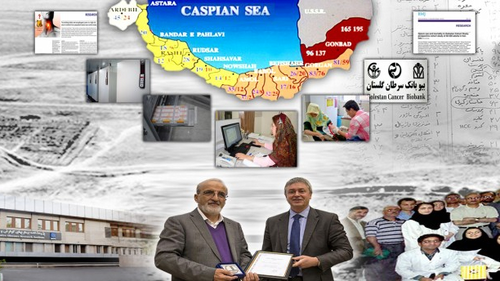Digestive Oncology Research Center

Golestan province in northeastern Iran has long been known to have one of the highest reported rates of esophageal squamous cell carcinoma (ESCC).
The striking ESCC rates in this region led scientists from the International Agency for Research on Cancer (IARC) and the Institute of Public Health Research of Tehran University to begin a series of joint epidemiologic investigations in 1969 that indicated smoking and alcohol consumption did not explain these high rates, and rather they must be explained by other local habits.
Initial hypotheses included use of opium, hot tea consumption and low intake of fruits and vegetables.
Due to the sociopolitical changes of 1979 in Iran, these collaborative investigations stopped before reaching definitive conclusions.
In 2002 scientists from the Tehran University of Medical Sciences, IARC and the U.S National Cancer Institute initiated a new series of joint epidemiologic studies in Golestan to re-explore the underlying etiologic factors of the unusual ESCC rates in the region.
The Golestan Cohort Study (GCS), with more than fifty thousand individuals, was launched as the first large-scale, population-based prospective study in central and western Asia with detailed exposure assessments and biological samples to provide a major resource for studying ESCC.
The GCS provides a unique opportunity to investigate ESCC risk factors due to its large sample size, successful follow up with minimum (<1%) loss after ten years, minimum amount of missing data (3%), and limited confounding effects from alcohol consumption and smoking (especially in women) because of their low consumption rates.
Based on 505,865 person-years of follow up, we now report the first results of the GCS investigating the individual and combined effects of main ESCC risk factors in northeastern Iran.

comment